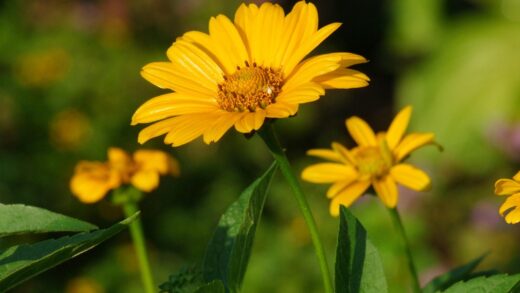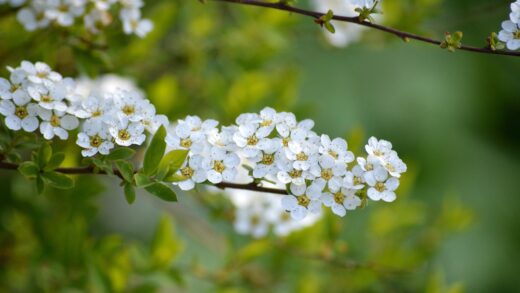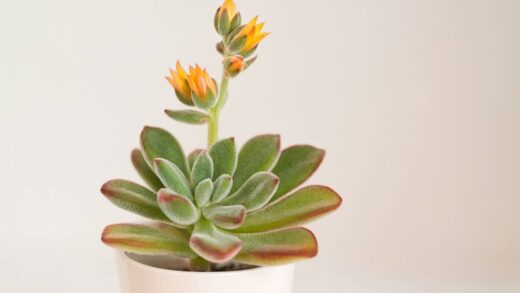For the japanese lady fern, consistent and adequate moisture is not merely a preference but a fundamental requirement for its survival and aesthetic appeal. This plant’s entire physiology is adapted to the damp, humid conditions of a woodland floor, where the soil rarely dries out completely. Therefore, providing a reliable source of water is the most critical ongoing task for any gardener cultivating this species. The fronds of a well-hydrated fern are lush, vibrant, and gracefully arched, while a plant suffering from water stress will quickly show signs of distress, including wilting, browning edges, and a generally lackluster appearance. Mastering the art of irrigation for this fern means understanding how to maintain that delicate balance of a consistently moist, but never waterlogged, root environment.
The key to proper watering is consistency. The japanese lady fern does not respond well to a cycle of boom and bust, where the soil dries out completely and is then flooded with water. Such inconsistency stresses the plant and can lead to root damage and poor growth. The goal is to keep the soil evenly moist, similar to a wrung-out sponge, at all times throughout the growing season. This requires regular monitoring of the soil conditions, as environmental factors like temperature, wind, and rainfall can significantly alter how quickly the soil dries.
It is important to differentiate between surface watering and deep watering. A light sprinkle on the soil surface may seem sufficient, but it often fails to penetrate to the deeper root zone where it is most needed. Deep, infrequent watering is far more effective, as it encourages the fern’s roots to grow deeper into the soil, making the plant more resilient during short dry spells. When you do water, do so thoroughly, allowing the water to soak in slowly until the entire root zone is saturated.
The method of water application also matters. While the fern appreciates high humidity, consistently wetting the foliage, especially in the evening, can create conditions favorable for fungal diseases. It is best to apply water directly to the soil at the base of the plant using a soaker hose, drip irrigation, or a watering can with a long spout. This technique delivers water efficiently to the roots where it is needed, while keeping the delicate fronds dry and healthy.
Understanding the signs of water stress
The japanese lady fern is quite expressive and will provide clear visual cues when it is not receiving the correct amount of water. The most common and immediate sign of underwatering is wilting. The normally upright and arching fronds will begin to droop and look limp. If the soil is allowed to dry out further, the edges and tips of the leaflets will start to turn brown and crispy to the touch. In severe cases of drought stress, entire fronds may turn yellow or brown and die back completely as the plant attempts to conserve moisture.
More articles on this topic
Conversely, overwatering can be just as damaging, though the signs can be more subtle at first. A plant sitting in constantly saturated, boggy soil is at high risk for root rot. When the roots are deprived of oxygen, they begin to decay and are unable to absorb water and nutrients, leading to a situation where the plant can appear to be wilting even though the soil is wet. The fronds may turn a dull, pale yellow, and the overall growth of the plant will be stunted. If you suspect overwatering, check the soil; if it is soggy and has a sour smell, root rot is a likely culprit.
Regularly checking the soil moisture is the most reliable way to prevent both under- and overwatering. The best method is to use your finger to test the soil. Insert your finger about two inches deep near the base of the plant. If the soil feels dry at that depth, it is time to water. If it feels moist, you can wait and check again the next day. This simple, tactile method is more accurate than watering on a fixed schedule, as it allows you to respond to the plant’s actual needs based on current weather conditions.
It is also important to consider the plant’s life cycle. A newly planted fern requires more consistent watering as its root system is not yet fully established. During the peak of summer, when temperatures are high and rainfall is scarce, the fern’s water needs will be at their highest. In contrast, as the plant enters dormancy in the autumn and winter, its water requirements decrease significantly. Watering should be reduced during this period, providing just enough moisture to keep the rhizomes from completely drying out.
The influence of soil composition on irrigation
The type of soil in which the japanese lady fern is planted has a profound impact on its water needs and your irrigation strategy. An ideal soil, rich in organic matter, acts like a sponge, soaking up water and releasing it slowly to the plant’s roots over time. Soil that has been well-amended with compost or leaf mold has a high water-holding capacity, which means you will need to water less frequently than if the fern were planted in a less forgiving soil type.
More articles on this topic
In contrast, if the fern is planted in sandy soil, which has large particles and drains very quickly, water will pass through the root zone rapidly. This type of soil will require much more frequent watering to maintain the consistent moisture level the fern demands. To mitigate this, sandy soils should be heavily amended with organic matter before planting to improve their ability to retain water. A thick layer of organic mulch is also essential in this situation to help slow down evaporation from the soil surface.
On the other end of the spectrum is heavy clay soil. Clay soils are composed of very fine particles and can hold a large amount of water, but they often suffer from poor drainage and a lack of aeration. In these conditions, there is a very high risk of overwatering and root rot, as the soil can remain saturated for long periods. Amending heavy clay with organic matter like compost and materials like pine bark fines can help to improve its structure, creating larger air pockets and enhancing drainage, which is crucial for the health of the fern.
For ferns grown in containers, the potting medium plays the same critical role. A standard potting mix can dry out quickly, so it is often beneficial to use a mix designed for moisture retention or to amend a general-purpose mix with extra peat moss, coir, or compost. However, good drainage is still paramount in a container. Ensure the pot has adequate drainage holes and that the potting mix is not so heavy that it becomes waterlogged. The limited soil volume in a pot means the gardener must be especially vigilant with watering.
Watering techniques for optimal health
The most effective watering technique for the japanese lady fern is to water deeply and thoroughly, but only when the plant needs it. This approach encourages the development of a deep and extensive root system, which makes the plant more self-sufficient and resilient. When you water, apply it slowly and steadily at the base of the plant, allowing it to percolate deep into the soil. Continue watering until the soil is saturated to a depth of at least 6-8 inches (15-20 cm). A good rule of thumb is to apply approximately one inch of water per week, either from rainfall or irrigation, during the growing season.
The timing of watering is also important for plant health. It is best to water early in the morning, which gives the plant ample moisture to draw upon during the heat of the day. Watering in the morning also allows any moisture that gets on the fronds to evaporate quickly, reducing the risk of fungal diseases developing. Avoid watering in the late evening, as foliage that remains wet overnight is more susceptible to pathogens.
Consider using water-efficient irrigation systems to provide consistent moisture directly to the root zone. Drip irrigation and soaker hoses are excellent choices for ferns as they deliver water slowly and directly to the soil, minimizing water loss through evaporation and keeping the foliage dry. These systems can be put on a timer to provide regular watering, but it’s still important to monitor the soil and adjust the schedule based on rainfall and temperature.
In periods of extreme heat or drought, even a well-established fern may require supplemental watering to prevent stress. During these times, check the soil moisture more frequently, possibly every day, and be prepared to provide extra water as needed. A temporary increase in the thickness of the mulch layer can also help insulate the soil and conserve moisture during a heatwave. Paying close attention to the plant and the weather will allow you to provide the right amount of water at the right time.
Adapting watering practices to the seasons
The water needs of the japanese lady fern change dramatically with the seasons, and your irrigation practices must adapt accordingly. In the spring, as new fronds unfurl and the plant begins its period of active growth, its demand for water increases steadily. The cool, often rainy weather of spring may provide sufficient moisture, but it is important to monitor the soil and supplement with watering during any dry spells to support this crucial stage of development.
Summer is the period of peak water demand, especially in warmer climates. Higher temperatures and longer days lead to increased transpiration and faster evaporation of moisture from the soil. During this season, you will need to be most vigilant with your watering routine, checking the soil every few days and providing deep, thorough watering whenever the top few inches become dry. This is also the time when a thick layer of mulch provides the greatest benefit in conserving soil moisture.
As autumn approaches, the fern’s growth slows down in preparation for dormancy. The cooler temperatures and shorter days mean that the soil will dry out more slowly. You should begin to gradually reduce the frequency of your watering during this time. Allow the soil to dry out slightly more between waterings than you would in the summer. This gradual reduction in moisture helps to signal to the plant that it is time to transition into its dormant state for the winter.
During the winter, when the fern is dormant and the fronds have died back, its water needs are minimal. In most climates with winter precipitation, supplemental watering is usually not necessary. The primary goal is simply to prevent the rhizomes from completely desiccating. In very dry winter climates or for ferns in containers in sheltered locations, you may need to provide a small amount of water once a month or so, but the soil should never be allowed to become saturated.
📷: David J. Stang, CC BY-SA 4.0, via Wikimedia Commons


















